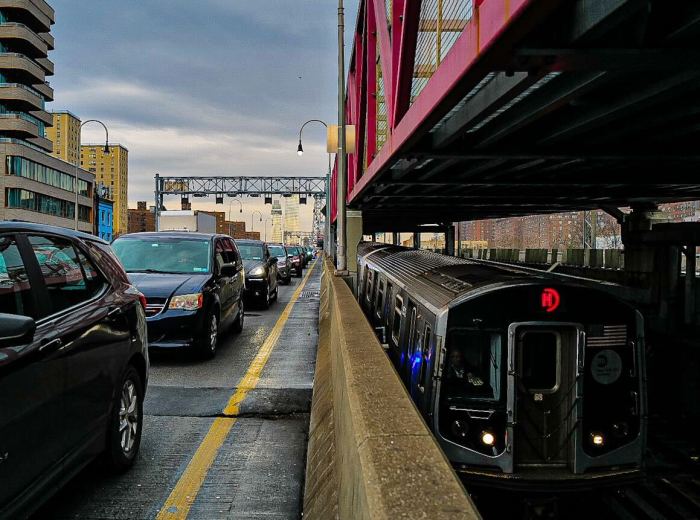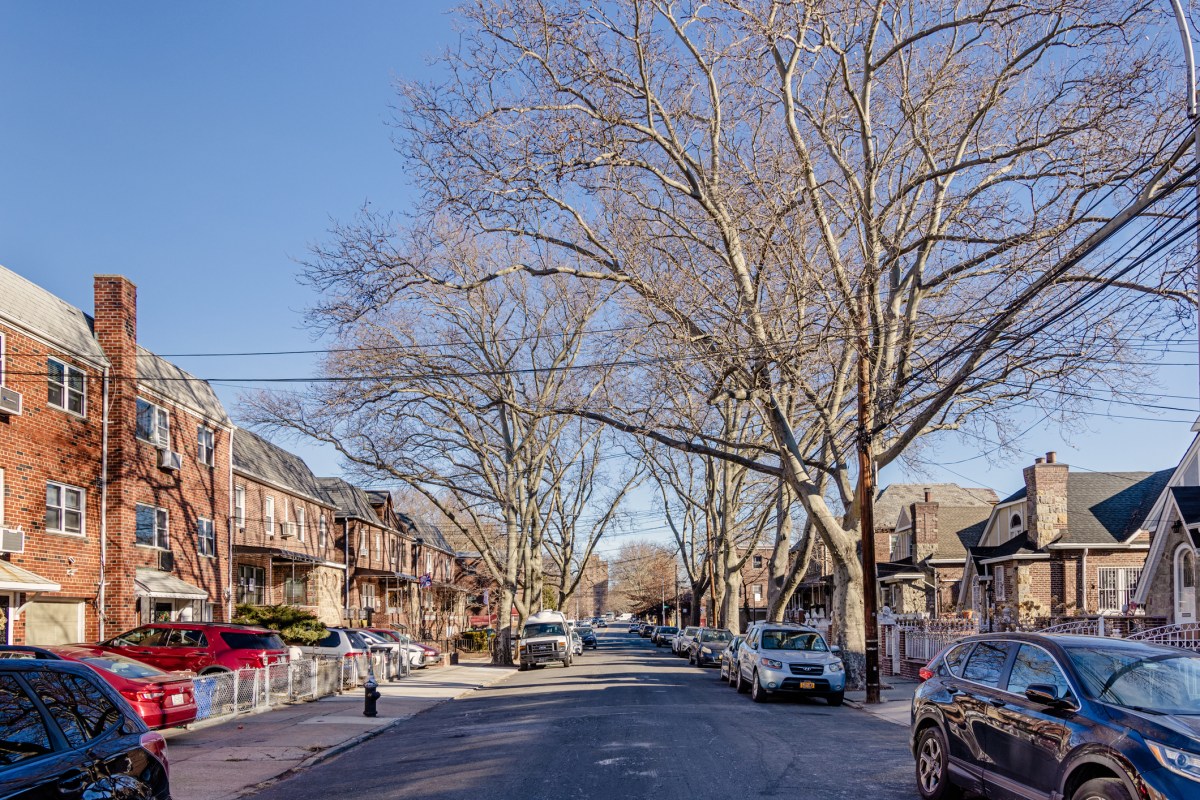
Before the MTA has completed the installation of its new subway countdown clocks, the system’s accuracy is already being called into question.
The agency will conduct a sweeping test of its new clocks on lettered subway lines after fielding enough rider feedback that the LCD screens — a key to the MTA’s modernization plans — occasionally display wrong train arrival times. The spot checks will take place as the MTA works to bring the feature to the remaining few dozen subway stations.
The MTA believes the clocks are working, but needs to manually check them to explore complaints, spokesman Shams Tarek said. The agency will be sending workers to stations on each lettered line to physically monitor displays for what Tarek described as a precautionary measure. The MTA had conducted a similar, 90-day test when it was piloting the clocks on the N, Q and R lines, and found the technology to be 97 percent accurate.
“The new countdown clocks are performing well overall, and as we see how the technology operates in the subway system we’re constantly making upgrades to the software,” Tarek said in a statement. “In the meantime we’re conducting a series of tests to check the accuracy of the train arrival info throughout the system in order to ensure that we achieve the highest possible levels of consistency.”
The primary concern is the new technology behind the lettered lines’ countdown clocks, which differs from the clocks on the numbered lines. The numbered lines rely on a digital computing system that allows for the MTA to track the exact location of its trains as they progress from station to station.
Clocks on the lettered lines are less precise because they rely on a cheaper, faster-to-install Bluetooth-based system that is costing the MTA $90 million to install. The MTA places four Bluetooth receivers in each station — two at each end of the platform. Four beacons are placed in the front and backs of each train. The Bluetooth system relies on the same Wi-Fi system riders can access on trains.
As trains enter and leave a station, the system estimates the time at which the train will reach the next stop. It’s a prediction. The MTA does not know exactly where a train on the lettered line is when it’s not at a station.
So a delay, service change or a track switch could throw off the arrival times if a lettered train is in a tunnel. After conducting its 90-day test, though, the MTA felt the technology was accurate enough to pursue for the remainder of its system. The other option was to wait years for similar technology to numbered lines to be installed, according to Tarek.
The clocks also recently drew criticism from riders who felt they were too sparse and inadequately installed, occasionally blocked by station signs or existing structures.
Anecdotes from riders on clock performance vary widely. Sabrina Stines, an environmental engineer traveling from Ditmas Park, said she’s experienced no problems with the signs during her commutes to midtown.
“They’ve actually been quite reliable,” Stines said. “I just wish there were more of them at stations.”
Dominic Watkins, 33, who commutes in from Orange, New Jersey, and rides the Broadway line, agreed.
“They’ve worked well for me,” Watkins said while waiting at a train in Herald Square. “It’s been good, you no longer have to stick your neck out over the tracks.”
But recorded inaccuracies can be more than slight annoyances. Amanda Wallwin, a chief of staff at the State Assembly, described the clocks as occasionally having “absolutely no connection” to reality.
She ended up leaving the 15th Street-Prospect Park station and hailing a Lyft after the station’s countdown clock erroneously displayed that the next to F trains were 20 and 27 minutes away.
“Right as I exited the turnstile, I heard the train pull in,” Wallwin said. “It’s exactly the opposite of what the MTA is trying to accomplish.”
Stanley Greenberg, a photographer from Prospect-Lefferts Garden, has given up on the clocks in the Prospect Park station. He said Shuttle trains at the station are routinely listed as F trains and that arrival times are off.
“They’re so rarely right that I don’t even look at them anymore,” Greenberg, 61, said. “They’re supposed to help you plan, but you can’t plan. And in so many stations, you can’t even see them unless you’re directly under them. It’s like someone thought, ‘How can we hide these?’ ”


































